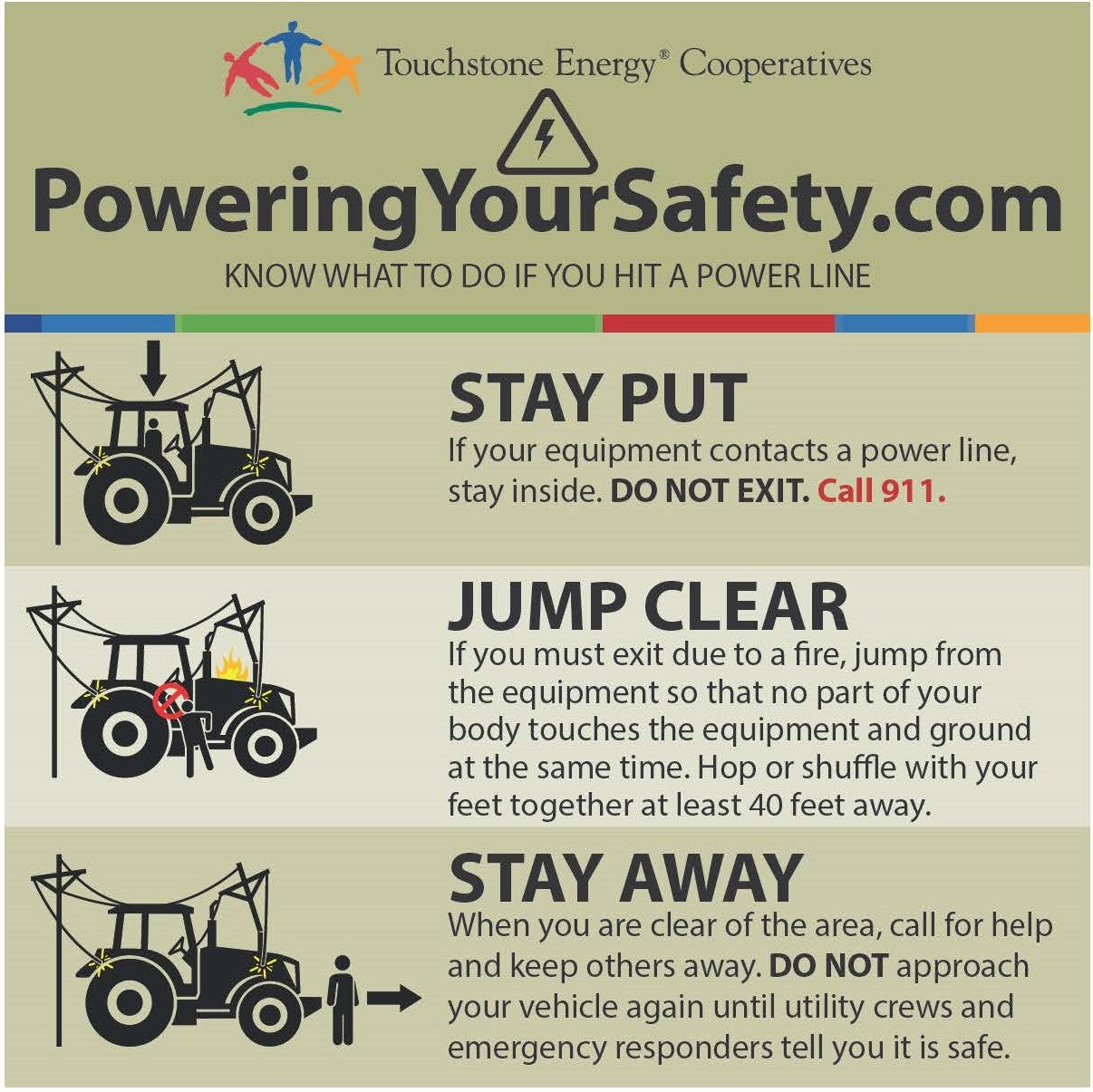Maintaining safe distances from electrical equipment is important because accidents with electrical equipment are both dangerous and costly. Additional precautions need to be taken when using large equipment in the vicinity of electrical lines and equipment. Not doing so puts the operator at risk as well as the safety of those nearby.
Before beginning work, conduct a site survey and note the locations of overhead power lines, and take measures to prevent electrical accidents. Never attempt to move or raise a power line yourself. If any potential clearance issues are identified, contact the utility.
When operating equipment, maintain situational awareness, and keep yourself and the equipment safely away from overhead lines. Know the clearance rules for the machinery you are operating. Equipment like dump trucks, backhoes, and loaders require a minimum 10-foot clearance from overhead lines. Cranes and derricks need to maintain an even greater distance for safe operation.
The Occupational Safety and Health Administration requires the clearance for cranes and derricks be a minimum of 20 feet from overhead power lines. The equipment’s maximum working radius, 360 degrees around the equipment, must also be taken into account. A dedicated spotter is very helpful when working in close proximity to overhead lines to help the operator keep the required clearance.
Even if contact is not made with electrical lines, but a collision occurs with other related equipment such as electrical poles or guy wires, it should still be reported to the utility. Though the equipment may appear to have survived the collision, unexpected degradation of electrical equipment can lead to public safety hazards such as fallen power lines. Just because a power line has fallen does not mean that it is not carrying electricity. There is still the potential for the line and the nearby area to be energized.
If the equipment you are operating does make contact with any overhead lines, it is best to stay in the cab. Immediately call 911, warn others to stay away, and wait for the utility crew to cut the power before exiting the machinery. If you see an operator’s equipment make contact with a power line, resist the instinct to rush to that person to provide help. It is best to stay back and warn others to stay away.
For more information on electrical safety, visit SafeElectricity.org.

